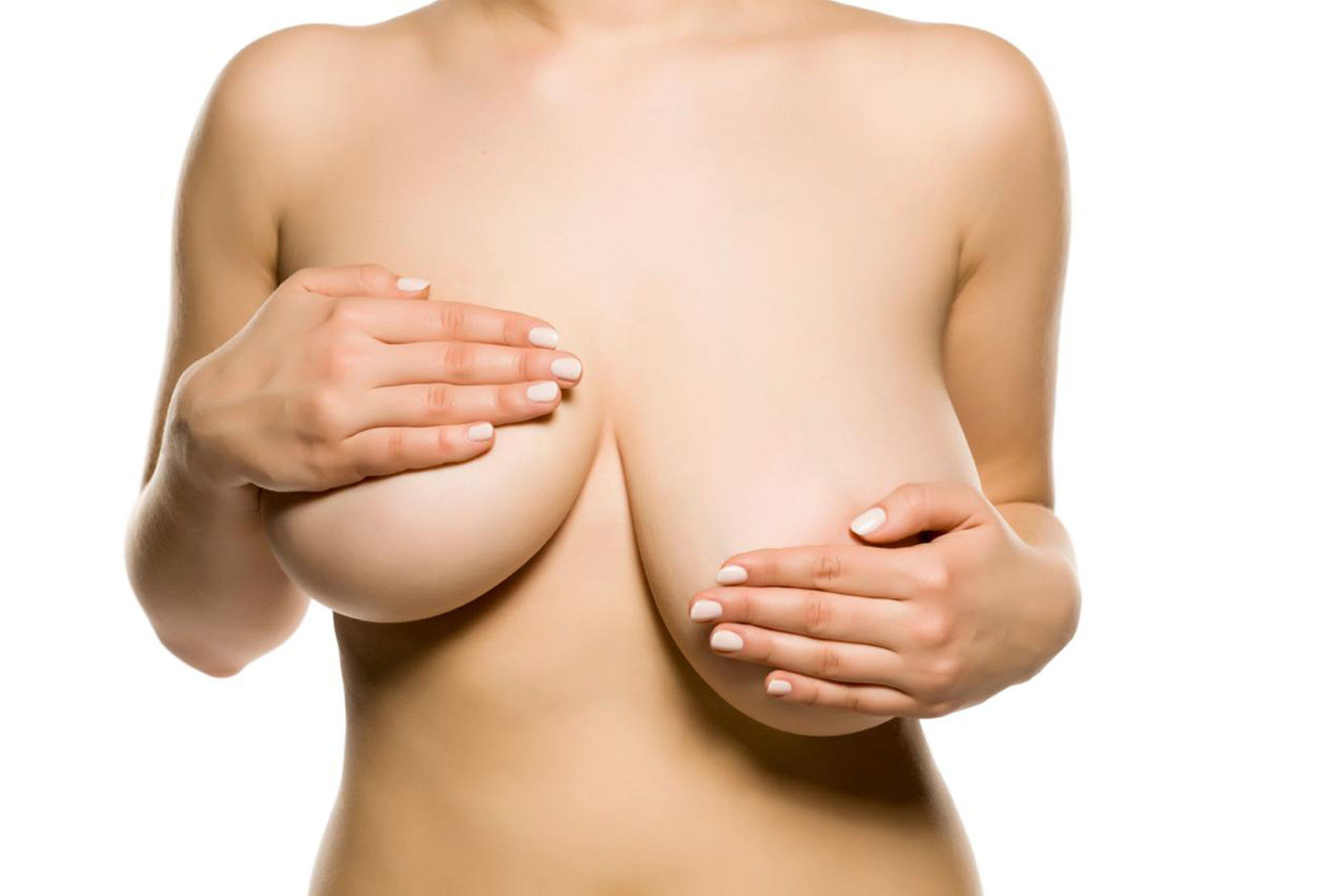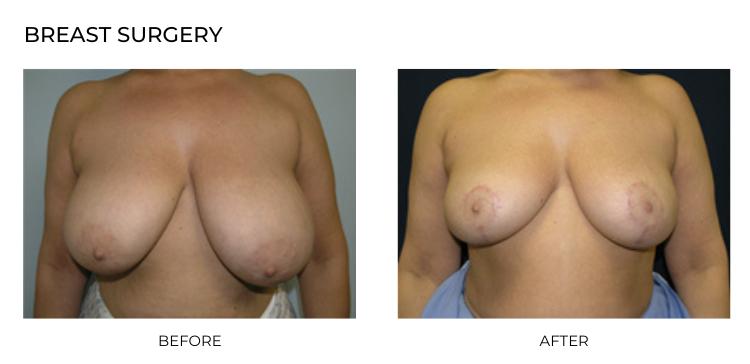Breast reduction, or reduction mammoplasty, is a surgical procedure aimed at decreasing the size and weight of the breasts by removing excess skin, fat, and glandular tissue. This procedure is popular among women with large, heavy breasts that cause physical discomfort, including neck and back pain, shoulder indentations from bra straps, and skin irritation under the breasts. Beyond alleviating these issues, breast reduction can also refine the shape and appearance of the breasts, resulting in a more proportionate and balanced look.
Patients undergoing breast reduction surgery with Dr. Nadia Afridi often experience significant relief from physical discomfort and a boost in self-confidence. Dr. Afridi is known for her personalized treatment plans that cater to the unique needs and goals of each patient, ensuring natural-looking outcomes. Her expertise and compassionate care make her a preferred surgeon for those seeking both functional relief and aesthetic improvement through breast reduction.
Additionally, Dr. Afridi’s meticulous technique emphasizes minimizing scars and promoting a smooth recovery, enabling patients to quickly return to their daily activities with enhanced comfort and confidence.


The lollipop incision for breast reduction is a technique involving a small incision around the areola and a vertical incision down to the breast crease. This method allows for precise removal of excess breast tissue and skin while minimizing scarring and maintaining a natural breast shape. Dr. Afridi works closely with patients to achieve their desired breast size and shape, ensuring a smooth and comfortable recovery process.
Periareolar Incision: This incision is made around the edge of the areola, the darker skin surrounding the nipple. It helps to reposition the nipple and areola to a higher, more youthful position.
Vertical Incision: This runs from the bottom of the areola to the breast crease (inframammary fold), allowing for the removal of excess breast tissue and skin, and for reshaping and lifting the remaining breast tissue.
Together, these incisions resemble a lollipop shape, hence the name. This technique is popular because it typically results in fewer scars compared to more extensive methods and can effectively reduce and reshape the breasts.
For more information on breast reduction surgery and to schedule a consultation with Dr. Nadia Afridi, visit our clinic’s website or contact us directly. Discover how the lollipop incision technique can help you achieve a balanced, proportionate breast contour.
The vertical breast procedure represents a spectrum of outcomes.